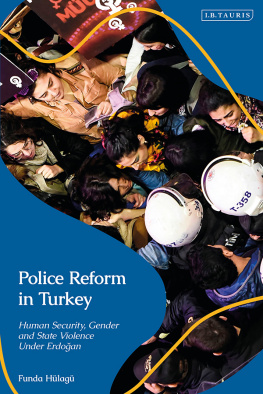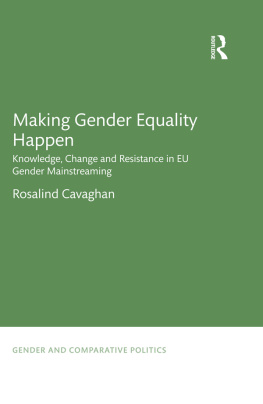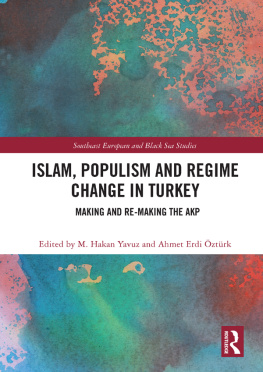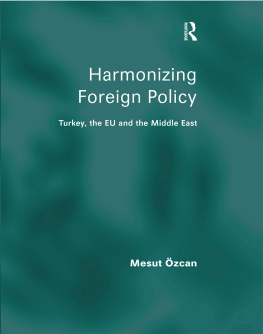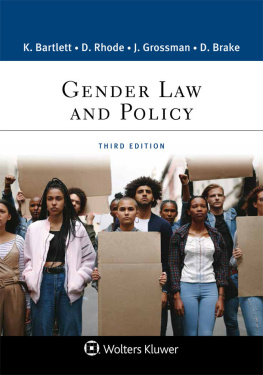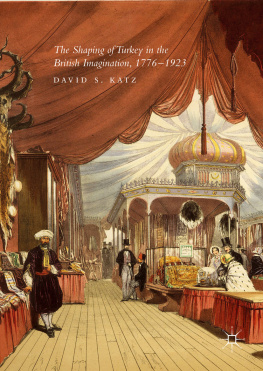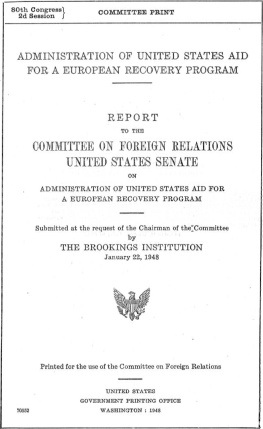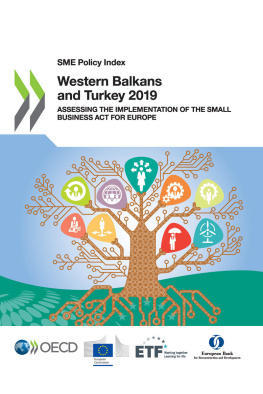Published by State University of New York Press, Albany
2013 State University of New York
All rights reserved
Printed in the United States of America
No part of this book may be used or reproduced in any manner whatsoever without written permission. No part of this book may be stored in a retrieval system or transmitted in any form or by any means including electronic, electrostatic, magnetic tape, mechanical, photocopying, recording, or otherwise without the prior permission in writing of the publisher.
For information, contact State University of New York Press, Albany, NY www.sunypress.edu
Production by Cathleen Collins
Marketing by Michael Campochiaro
Library of Congress Cataloging-in-Publication Data
Aldkat Marshall, Gl.
Shaping gender policy in Turkey : grassroots women activists, the European Union, and the Turkish state / Gl Aldkat Marshall.
pages cm
Includes bibliographical references and index.
ISBN 978-1-4384-4771-1 (hbk : alk. paper)
1. Womens rightsTurkey. 2. Sex discrimination against womenTurkey. 3. FeminismTurkey. 4. European UnionTurkey. I. Title.
HQ1236.5.T9M37 2013
305.4209561dc23
2012040584
10 9 8 7 6 5 4 3 2 1
For my parents
Acknowledgments
This book benefits greatly from the participation of a dedicated group of activist women in my research. I first and foremost thank these activists for sharing their experiences with me. Without their contribution this book would have been partial. I want to acknowledge the hard-working civil servants in the library of the Directorate General of Press and Information in Ankara for kindly helping me find archival sources. Every morning they greeted me with smiles and offered me tea whenever they made some for themselves. I would like to thank the anonymous reviewers of my manuscript whose constructive comments motivated me to continue to improve my manuscript and Dr. Michael Rinella at State University of New York Press for supporting my work.
My deepest gratitude to Ralph who has always believed in me and encouraged me. Thank you for reading the drafts of my manuscript, asking questions about the content of chapters, giving me valuable comments, and pushing me to clarify my writing to make it accessible to readers outside of my field.
CHAPTER 1
Conceptualizing the Actors Roles
A couple of years after the accession, some activists from the new member states stated that they wished that the pressure in the accession process to adapt to EU standards on their countries had been as strong as it is currently on Turkey, because this is the magic moment when doors did open to them.
Roth 2008, 10
True to the accounts of those feminist activists from postsocialist countries in Central and Eastern Europe, pressured by the European Union (EU), Turkey has been undergoing an economic, political, and legal transformation in order to qualify for admission to the EU. Taking advantage of this magic moment, womens grassroots organizations, many of which are feminist, have been pressuring the state to amend gender discriminatory policies and to introduce new measures to improve womens rights. This book aims to uncover how, why, and to what extent Turkish women, in addition to the EU and the Turkish state, have been involved in gender policy changes in Turkey.
Turkey is a democratic republic with a multiparty, parliamentary system. Its geographic area is larger than any current EU member country. With its close to 75 million citizens, about 93 percent of whom is under the age of 64, it is a dynamic and economically fast-growing country. Its gross domestic product (GDP) per capita, which has been increasing steadily since 1998, is $10,444. Currently, the growth rate of the GDP is higher than most EU members. The majority lives in the urban areas. Those who are in the labor force engage in work primarily Since its establishment as a republic in 1923 following the decline of the Ottoman Empire, Turkey has projected a place for itself among European countries. It became a member of NATO in 1952, and after the formation of the European Economic Community (EEC), which is now known as the EU, it applied for associate membership to the Community in 1959 and signed the Ankara Agreement in 1963 to construct ever closer bonds (Nas 2011, 47).
The 1999 Helsinki Summit marked the beginning of the transformation in Turkey as the European Commission, the executive body of the EU, officially recognized the country as a candidate for EU membership. On October 3, 2005, Jos Manuel Barroso, the president of the European Commission, publicly announced the opening of the accession negotiations with these words: Today is a milestone in the relationship between the European Union and Turkey. A stable, modern, and democratic Turkey is an objective we should support actively in the European Union and in Turkey. This is why we are starting negotiations (European Commission 2005). The announcement came about as a result of the passage of a number of reform packages in the Turkish Parliament in the early 2000s that led to the adoption of various EU standards, including some of the gender equality directives, and demonstrated the seriousness of the Turkish state in its quest for membership. The legislative changes continue, though at a slower pace, as I write this book.
Some see this transformation process as the diffusion of European values (Risse, Green Cowles, and Caporaso 2001; Caporaso and Jupille 2001; Checkel 2001; Liebert 2003; von Wahl 2008), recognizing at the same time that internal institutional structures of countries influence domestic adaptation with national colors (Risse, Green Cowles, and Caporaso 2001, 1). In the case of gender policies, which are categorized within the field of social policy in EU governance, the EU affirms gender equality as a fundamental European value and expects both the member and candidate countries to transpose and implement the equality directives (Roth 2008, 2007; Aldkat Marshall 2008; Kantola 2010). Obviously, the EU has more leverage over the candidate countries as it is holding the carrot of membership (Mftler-Ba 2000; Lannon, Inglis, and Haenebalcke 2001; Schimmelfennig, Engert, and Knobel 2003; Roth 2008, 2007). Turkey has been especially subject to an exhaustive scrutiny by the EU because it is the only country that has had such a long relationship with . The EUs gender equality policies developed over time, affecting different countries that entered the Union at different times to varying degrees (Liebert 2003). By the time Turkey was declared an official candidate there were nine directives on gender equality to be transposed by the country.





